justineanweiler – In the digital age, data is a vital asset for businesses, organizations, and individuals alike. To manage this data effectively, Database Management Systems (DBMS) play a crucial role. A DBMS is a software system that enables users to create, retrieve, update, and manage data in databases. This article delves into the fundamentals of DBMS, its types, functions, and benefits.
What is a DBMS?
A Database Management System acts as an intermediary between users and databases. It provides a systematic way to store, manage, and manipulate data while ensuring its integrity, security, and accessibility. Users interact with the DBMS through various applications or interfaces, allowing for efficient data management.
Types of Database Management Systems
DBMS can be categorized into several types based on their data models and architectures:
- Hierarchical DBMS:
- Organizes data in a tree-like structure.
- Each record has a single parent, and relationships are defined through parent-child hierarchies.
- Example: IBM Information Management System (IMS).
- Network DBMS:
- Uses a graph structure to represent data relationships.
- Allows many-to-many relationships between entities.
- Example: Integrated Data Store (IDS).
- Relational DBMS (RDBMS):
- Data is stored in tables (relations) that can be linked based on common fields.
- Uses Structured Query Language (SQL) for database access and manipulation.
- Examples: MySQL, PostgreSQL, Oracle Database.
- Object-Oriented DBMS (OODBMS):
- Integrates object-oriented programming principles into database management.
- Stores data as objects, similar to how data is represented in programming languages.
- Example: ObjectDB.
- NoSQL DBMS:
- Designed for unstructured and semi-structured data.
- Provides flexible schemas and horizontal scalability.
- Types include document stores, key-value stores, column-family stores, and graph databases.
- Examples: MongoDB, Cassandra, Redis.
Core Functions of a DBMS
A robust DBMS typically encompasses several key functions:
- Data Definition: Allows users to define the database structure, including schemas and tables.
- Data Manipulation: Facilitates the creation, reading, updating, and deletion (CRUD) of data.
- Data Security: Implements user authentication and access control to protect sensitive data.
- Data Integrity: Ensures accuracy and consistency of data through constraints and validation rules.
- Backup and Recovery: Provides mechanisms for data backup and recovery to prevent data loss.
- Concurrency Control: Manages simultaneous access to the database by multiple users without conflicts.
Benefits of Using a DBMS
- Data Independence: Users can modify the database structure without affecting application programs.
- Improved Data Sharing: A centralized system allows multiple users to access and share data seamlessly.
- Enhanced Data Security: User access controls and data encryption protect sensitive information.
- Data Integrity: Enforces rules and constraints to maintain data accuracy and consistency.
- Scalability: DBMS systems can grow with organizational needs, handling increasing amounts of data.
Conclusion
Database Management Systems are integral to modern computing, providing the tools necessary to manage vast amounts of data efficiently and securely. By understanding the types, functions, and benefits of DBMS, organizations can make informed decisions about their data management strategies, ultimately leading to better insights and improved operational efficiency. As technology continues to evolve, so too will the capabilities of DBMS, making them an essential component of data-driven decision-making in the future.


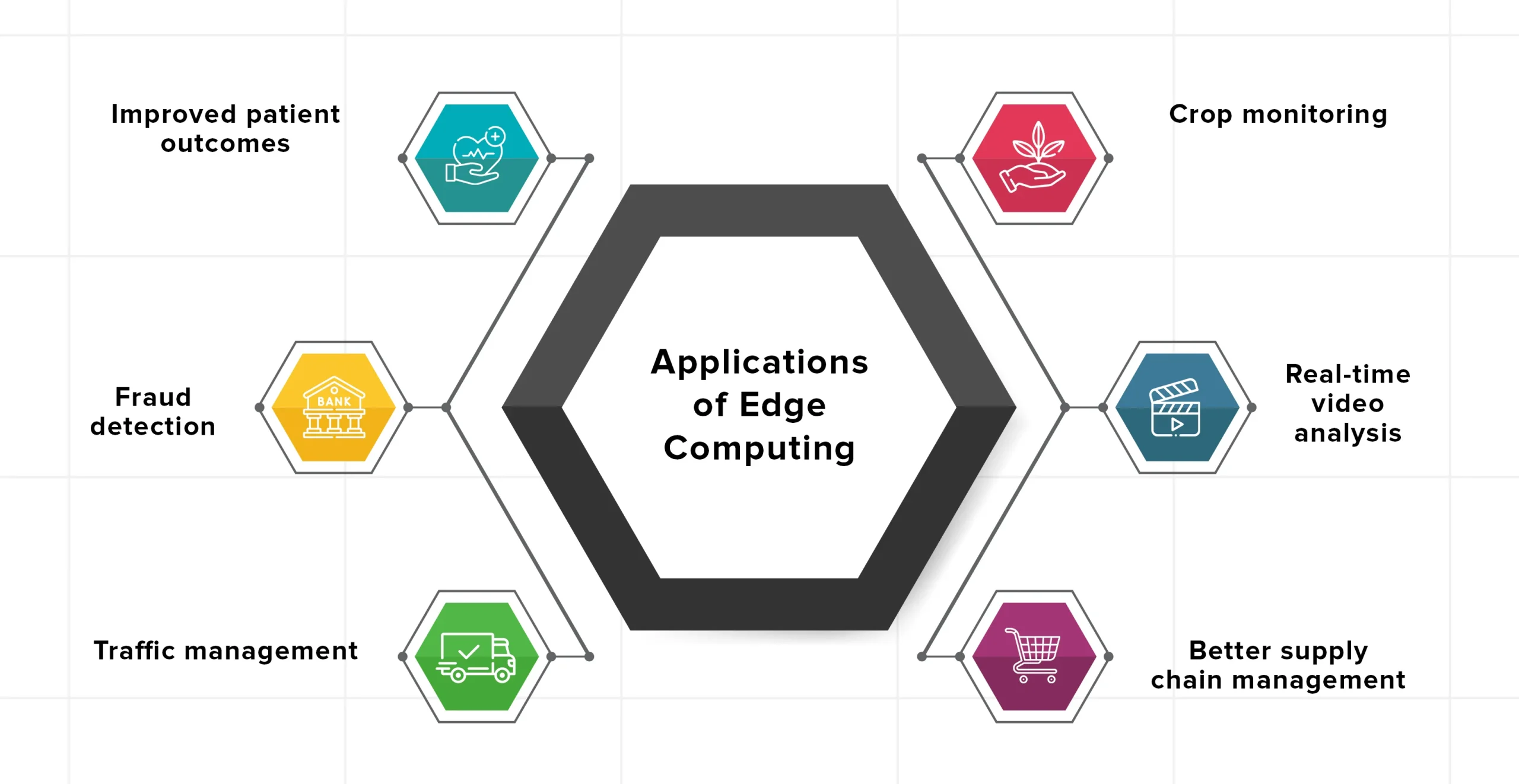
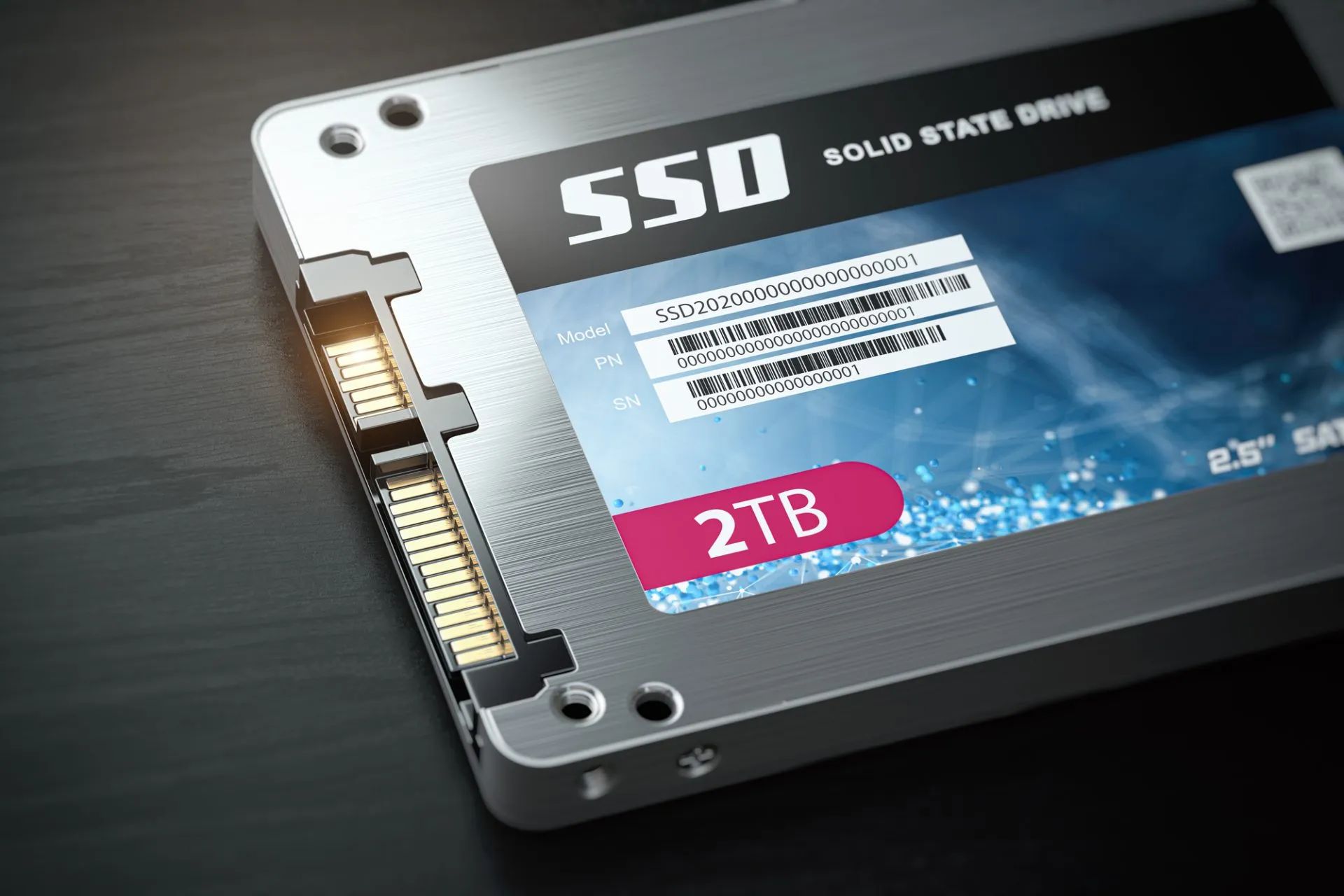

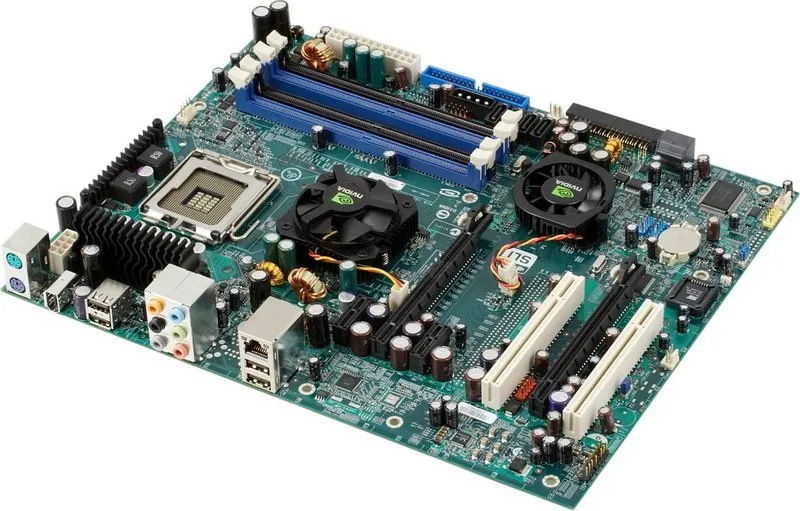
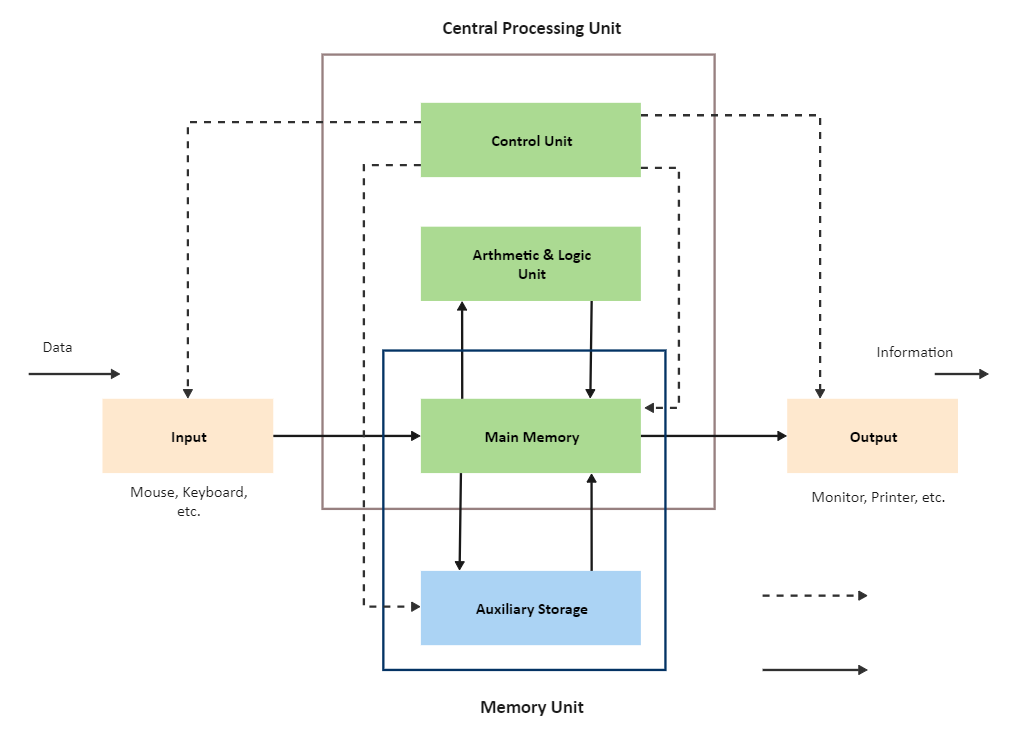


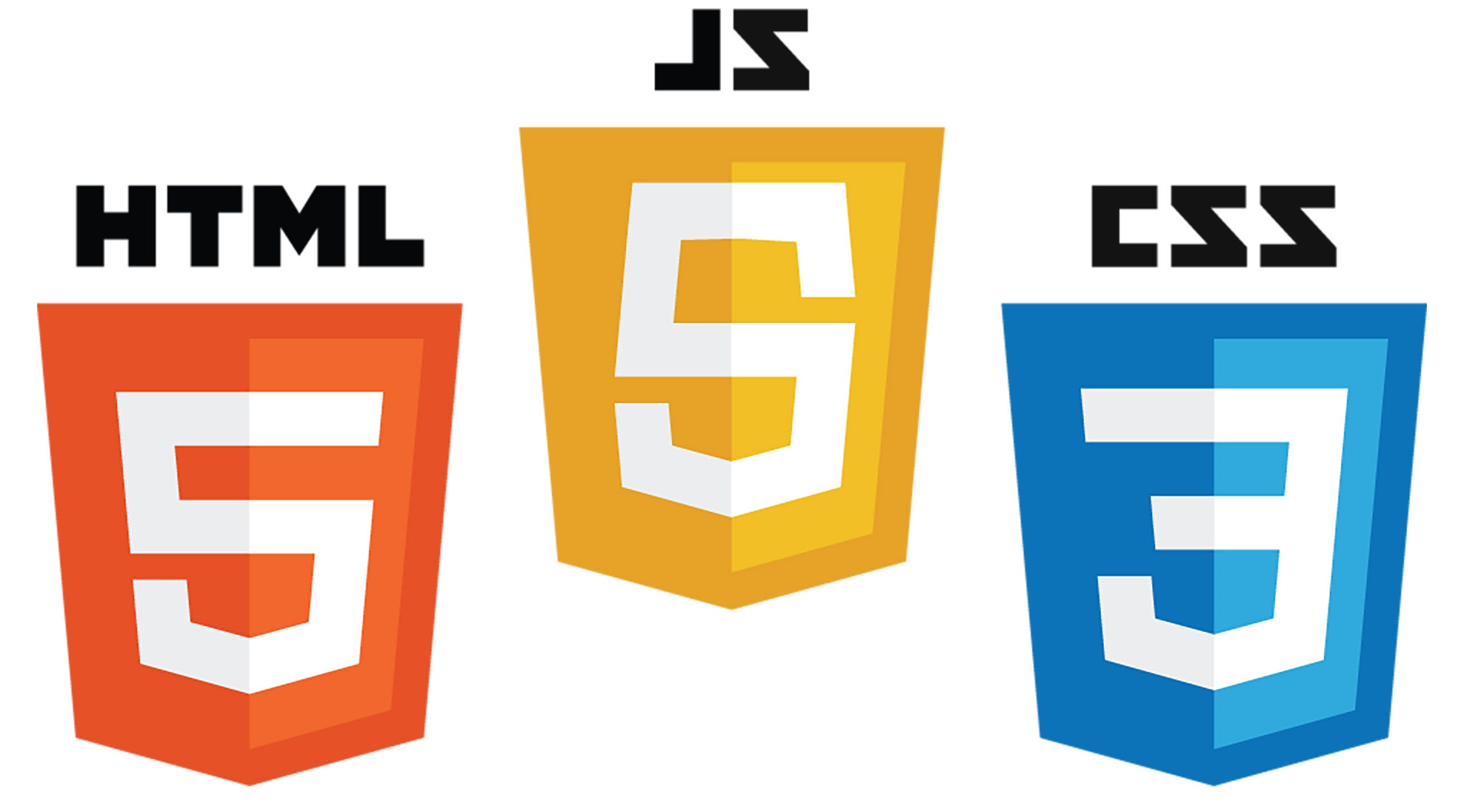

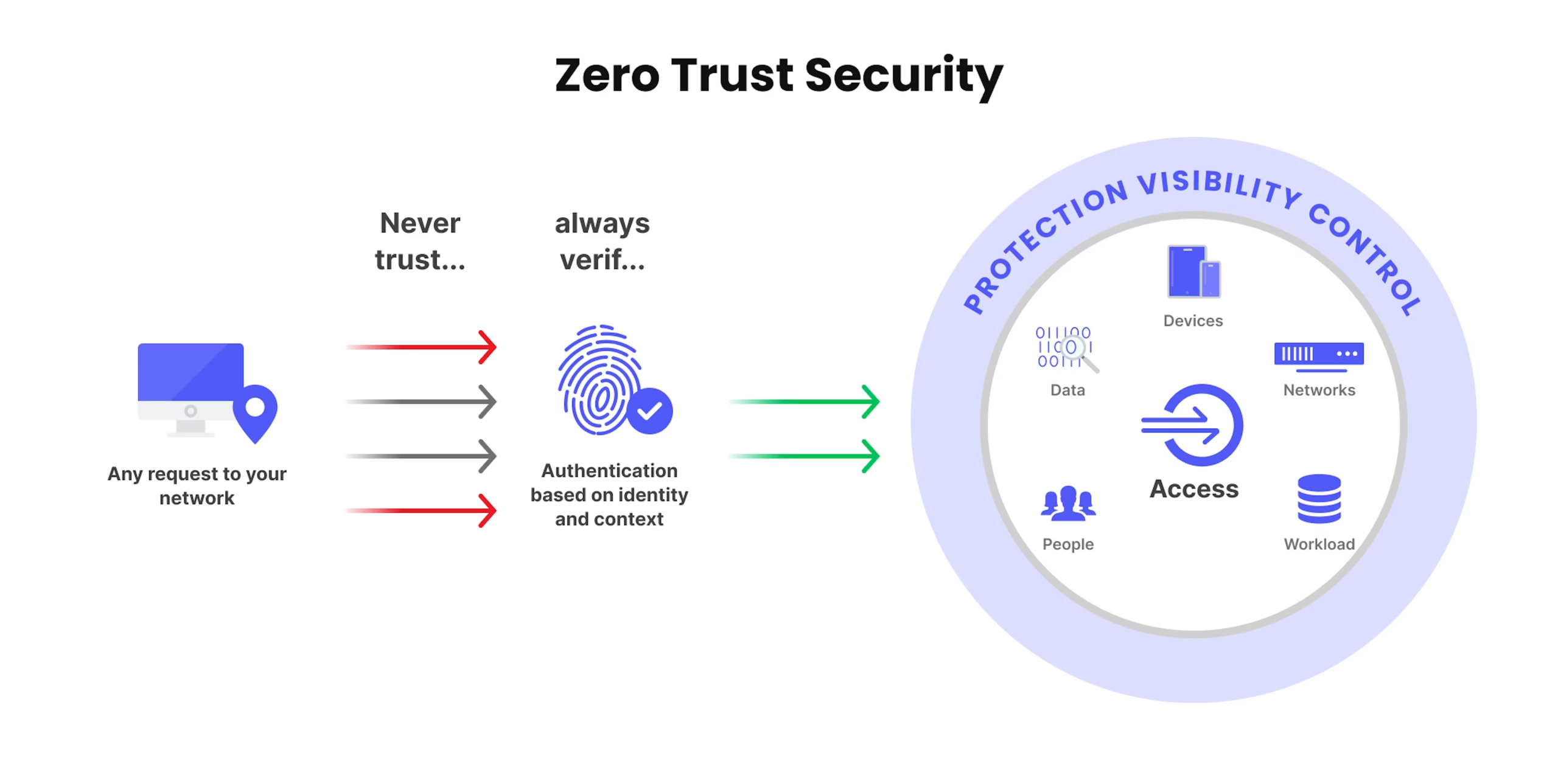

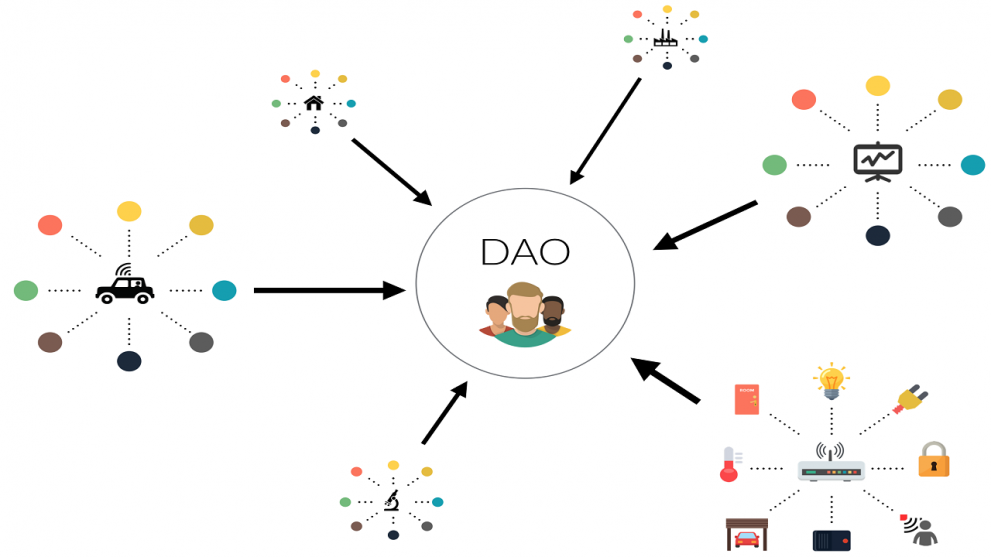
Leave a Reply